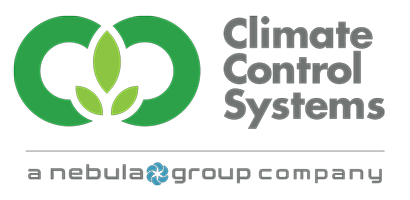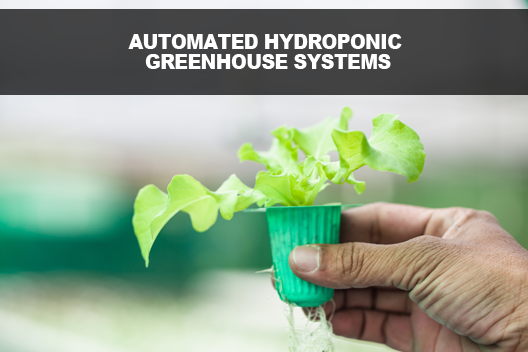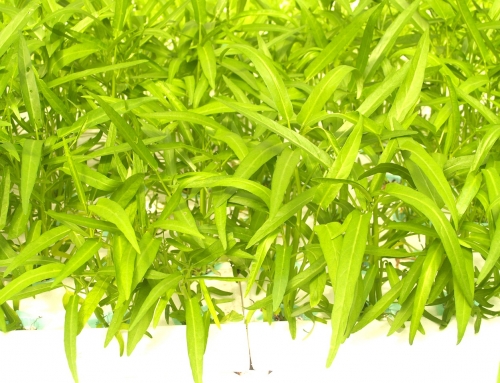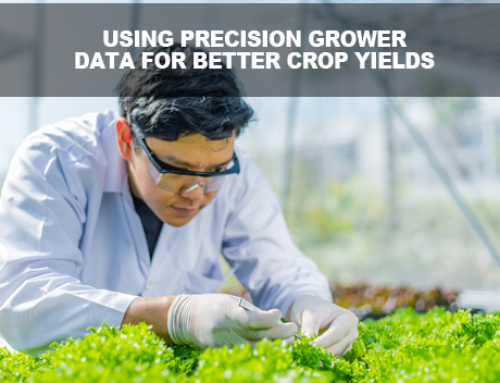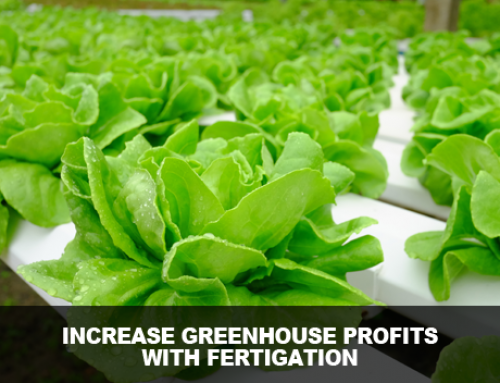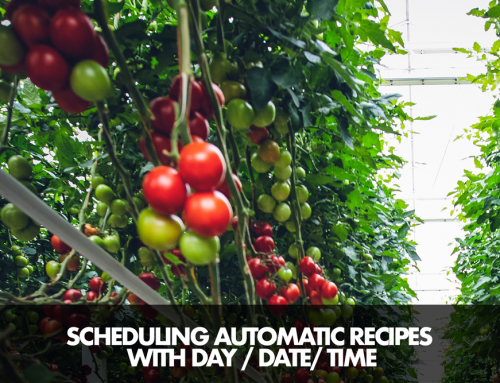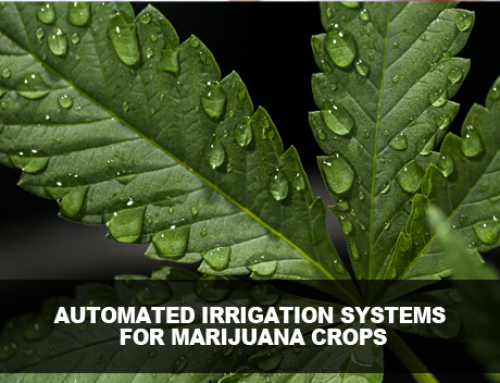For both commercial vegetable growers and indoor cannabis facilities, hydroponic systems seem to be the go-to solution for solving several grower problems. While hydroponics is not really a new invention and has been around for decades, modern farmers have an increased interest in new technologies around crop irrigation. It has started to play an essential role in growing safe food, or increasing quality control in large operations.
And for Good Reason!
Nothing can be more devastating to a greenhouse operation than crop loss. Hydroponics is a sustainable farming method that’s free from soil and pesticides. This in turn can reduce the number of insects or diseases that can harm plants, and your overall yields as a greenhouse owner. As more greenhouse growers choose more modern methods of agriculture, hydroponic growing has become extremely popular, if not the only way to grow. Along side hydroponics, with the advancement of technology comes fully automated hydroponic greenhouse systems.
Let’s take a look at how these two things can work in tandem.
What is Hydroponics?
The concept of a hydroponic system is just growing with out soil. In this type of growth system, the medium of growth is water instead of soil, i.e., the soil is substituted by water containing nutrient solutions for the crops’ health and a healthy yield. The nutrient solution may contain potassium, calcium, nitrogen, phosphorus, etc., depending on the crop and nutrients needed to grow.
Thus, you can say that hydroponics is a soil -less plant growth system used especially for indoor growing. Your crops will not draw nutrients it needs from the soil. Instead, it will receive the nutrients directly through the solution ingested in the growth medium, i.e., fertilized water, supplied to the roots.
Hydroponics can be used in various scenarios and plants. Hobby growers can use it for herb production in the kitchen on a small scale. You can also use it to produce leafy greens and other fruits or vegetables like tomatoes, peppers, radishes, beans, strawberries, etc., on a large scale by commercial growers.
Hydroponics is helpful in giving access to fresh produce to people in the city where there is hardly any outdoor space available for traditional farming. Most city-dwellers have to depend on farmers’ markets and supermarkets for their regular supply of fruits, vegetables, herbs, etc.
Hydroponics has changed the game for urban residents. Many people have now taken to farming food for themselves and the community – with the help of hydroponics. It can be used for growing crops on the balcony, in the room, or anywhere else you might want.
How Does Hydroponic System Work?
Let’s understand the technicalities of hydroponic systems in a simple manner. The growth of your crops involves multiple processes including photosynthesis. This involves three major factors – water, sunlight, and carbon dioxide. If you look at a regular farm or garden, you will see that the plants are grown in soil where they can pull in nutrients.
In most greenhouses today, hydroponic systems are implemented, where no soil is used. Plants sit in grow bags, or a soil-less medium like coco peat to enhance fertilizer & water absorption, while avoiding insects and disease. Sometimes no grow medium at all is used, like in hydroponic vertical farming systems, where the plant roots sit directly in trays of water.
The roots of the plant spread out in the soil and draw nutrients. This soil acts like a reservoir of essential nutrient concentration and water for crops. So, you can say that two out of three things necessary for plant growth come from the soil. However, hydroponics can be a very precises method of adding more, or less nutrients to the water to feed the plant exactly the right amounts of fertilizer.
It eliminates soil from the scenario by providing a base of water rich in nutrients. The roots of plants have direct access to the nutrient-rich feed solution. So, this growth medium keeps the plant hydrated and fed to boost the growth of plants and at very precise levels.
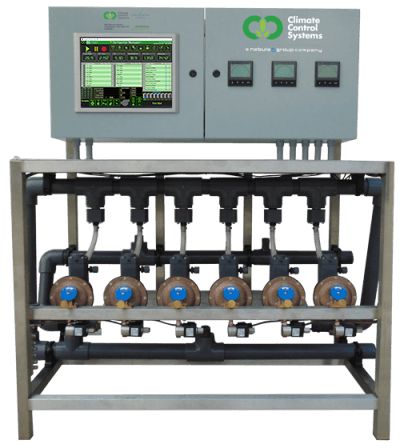


This combination of irrigation, with set feeding schedules and precise amounts of fertilizer is called… fertigation. Automated hydroponic greenhouse systems use fertigation as an advanced way of keeping your crops fed on a schedule and keeping the appropriate amounts of fertilizer, in your irrigation line so plants don’t get fertilizer burn.
Automated Hydroponic Greenhouse System
Older or more traditional greenhouses use soil as the medium of growth (as my Dad would say, “back in the old country”). It has been favorite among growers because at one point it was the only growing method available. However, modern greenhouse growers are incorporating the concept of hydroponics in their greenhouses, i.e., replacing soil with water. As this gives them complete control over what gets into or sometime on to (bugs & insects) their plants.
An automated hydroponic greenhouse system gives you complete control over water quality and precise nutrients you need to feed your plants. Imagine having an entire system that automatically takes all the responsibilities of water irrigation, greenhouse water recycling, and multiple feed formulas all sent out to your crops on daily schedules. It is a considerable boost in production and can lower your labour, energy and fertilizer costs.
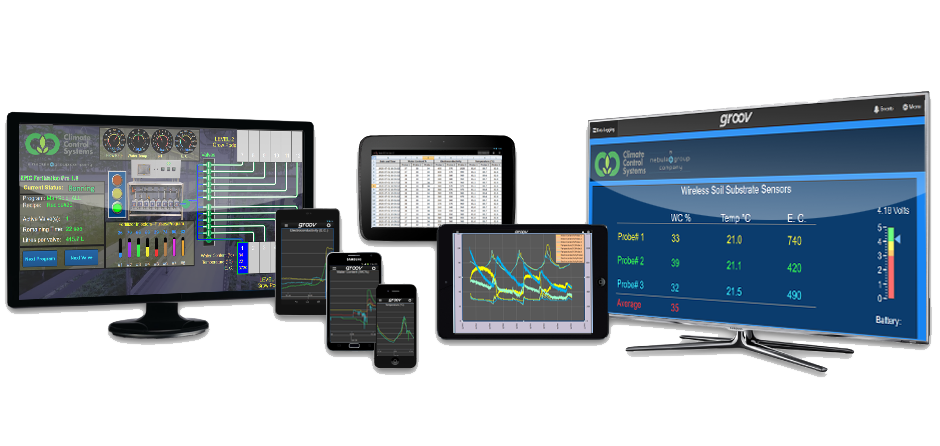


The only difference between a traditional greenhouse and a hydroponic greenhouse lies in the method chosen for soil or soil-less growing. Accordingly, you will need to select the appropriate fertigation system and set it to provide sufficient clean water and nutrient solutions to your greenhouse crops.
For your hydroponic greenhouse production, you will need the right water pump, tank, control – and of course, the right support system for automation. Your hydroponic greenhouse should also have light and ventilation control systems. So you will need to implement a combination of a proper hydroponic drip irrigation system and a greenhouse automation system.
In a hydroponic growing system, crops are suspended in the aqueous solution. Sometimes, they may also be grown in another soil-free medium like perlite, rock wool, vermiculite, coconut coir, etc. In an active system, pumps are used for the circulation and aeration of nutrient solutions that are provided to the plants’ roots in the water or non-water, non-soil medium.
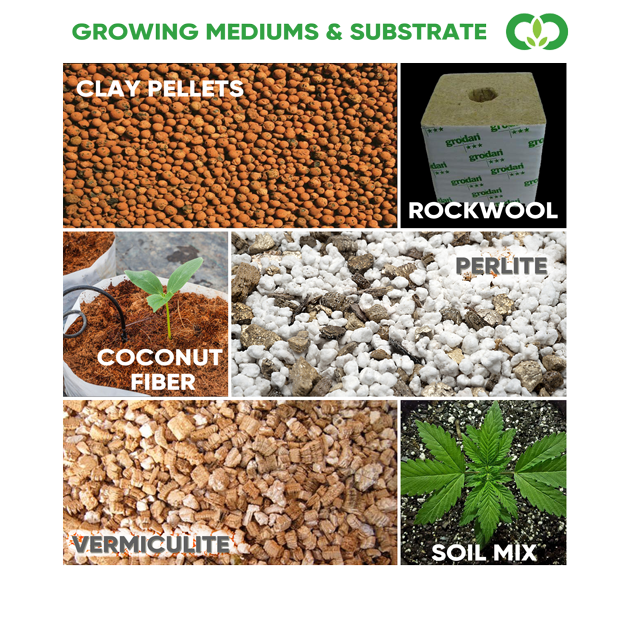


In a passive system, with no technology, controls or equipment in the greenhouse is used. The nutrient solution is fed to the plant roots without any pumps, using capillary action, gravity, or flooding. All of this then, relies heavily on manual labour and its hard to have any kind of competitive edge with this type of system.
Even the growing environment can be enhanced and automated, things like heat, air circulation, humidity, Co2 and other environmental conditions if not controlled indoors… may not be favorable for your plants all year round. So, an automated solution like our climate manager will be able to keep the perfect growing environment for better crop yields.
Contact One of Our Growing Equipment Consultants
For successful plant growth in your new or current operation, you will need to invest in automated hydroponic greenhouse systems, along with sensors and controls. The automation system will take away the responsibility of micromanaging the smallest details on your farm. Freeing up your time, to focus on other business aspects. If interested in our advanced greenhouse automation equipment contact us today.
